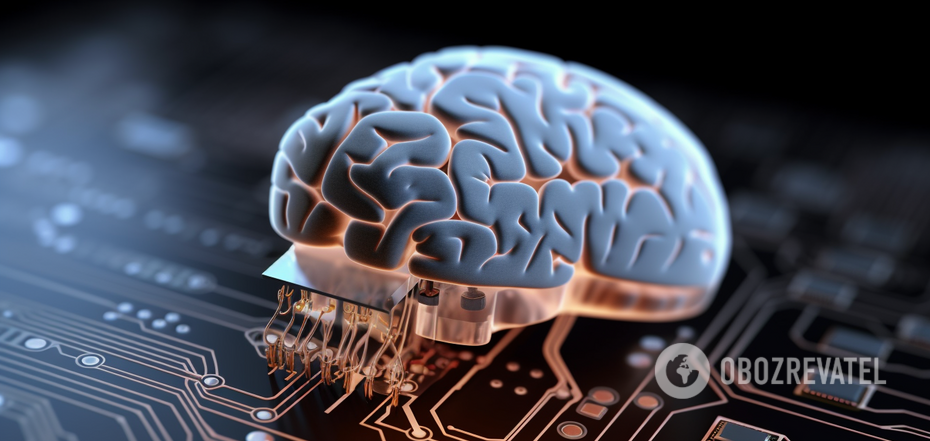News
Scientists have learned how to restart the brain and speed up learning: you just need to shock it in the right place
Scientists have succeeded in experiments to "restart" the brain, which can speed up learning. To stimulate the brain, they used electric shocks that were directed to a specific area.
This is stated in a study published in the journal Nature Neuroscience. The idea of brain stimulation has been around for a long time, but previous methods have affected the entire brain.
Researchers from Switzerland have tested a new non-invasive method called transcranial temporal interference brain stimulation (tTIS) on humans. It allows you to penetrate the deep structures of the brain without affecting the brain tissue from above. Such stimulation leads to improved motor learning in older, healthy people.
Roy Hamilton, director of the Center for Brain Science, Translation, Innovation, and Modulation at the University of Pennsylvania, who was not involved in the study, said that the research opens up a "new and potentially powerful tool" in the arsenal of ways to manipulate brain functions.
Pre-existing methods of influencing the brain posed the risk that while you could reach structures deep in the brain, you risked stimulating brain tissue on the surface of the brain, explained Friedhelm Hummel, a neuroscientist at ETH who led the new study. Stimulating other areas of the brain besides the right one makes it difficult to understand which firing neuronal mass is responsible for the effect, whether it's memory improvement or motor learning.
Electrical stimulation that goes deep into the brain is important because it is there that neural structures such as the hippocampus and basal ganglia are located, which are involved in a variety of neurological and psychiatric disorders. For example, in Parkinson's disease, the electrical wiring of the basal ganglia gets out of control, leading to tremors and stiffness of movements. Similarly, in Alzheimer's disease, the hippocampus, the area of the brain that controls both short-term and long-term memory, is damaged and shrinks, leading to dementia.
According to Inverse, the new technique was developed in 2017 by researchers from the Massachusetts Institute of Technology (MIT) and tested on mice. It allowed to stimulate the right part of the brain, avoiding stimulation of the superficial brain tissue. This technique involves placing electrodes on the head and emitting very high frequencies to which neurons deep in the brain respond.
Now, Hammel and his colleagues decided to repeat the same procedure with human subjects.
In the first part of the experiment, a group of 13 volunteers performed a training task while receiving tTIS. They had to press buttons according to the number they saw on the screen. After the test, a functional MRI scan of their brains revealed an increase in neural activity as well as changes in blood flow in the striatum, a deep brain structure essential for voluntary motor control, and in the associated motor network.
In the second round of experiments, the researchers formed two groups of 30 healthy adults, one of whom received tTIS and the other a placebo with electrodes emitting high frequency. Half of the volunteers were in their twenties, while the rest were in their sixties. None of the participants knew what treatment they were receiving.
It turned out that for healthy young people, the difference between receiving tTIS was not significant, although noticeable. But healthy older people showed improvements in motor skills.
"As soon as you move to people who are no longer functioning as well, the effect size becomes much, much larger. Even when we trained them for only 20 or 25 minutes, the improvement was already more than 30% in healthy older adults," said Hammel.
Scientists warn that although the results look promising, at least for older people whose motor skills naturally decline over time, it is worth remembering that this study is only a proof of concept and needs further study before it has clinical value.
Earlier, OBOZ.UA reported that scientists discovered that the brain can lie about what the eyes see.
Subscribe to OBOZ.UA channels on Telegram and Viber to keep up with the latest developments.



























